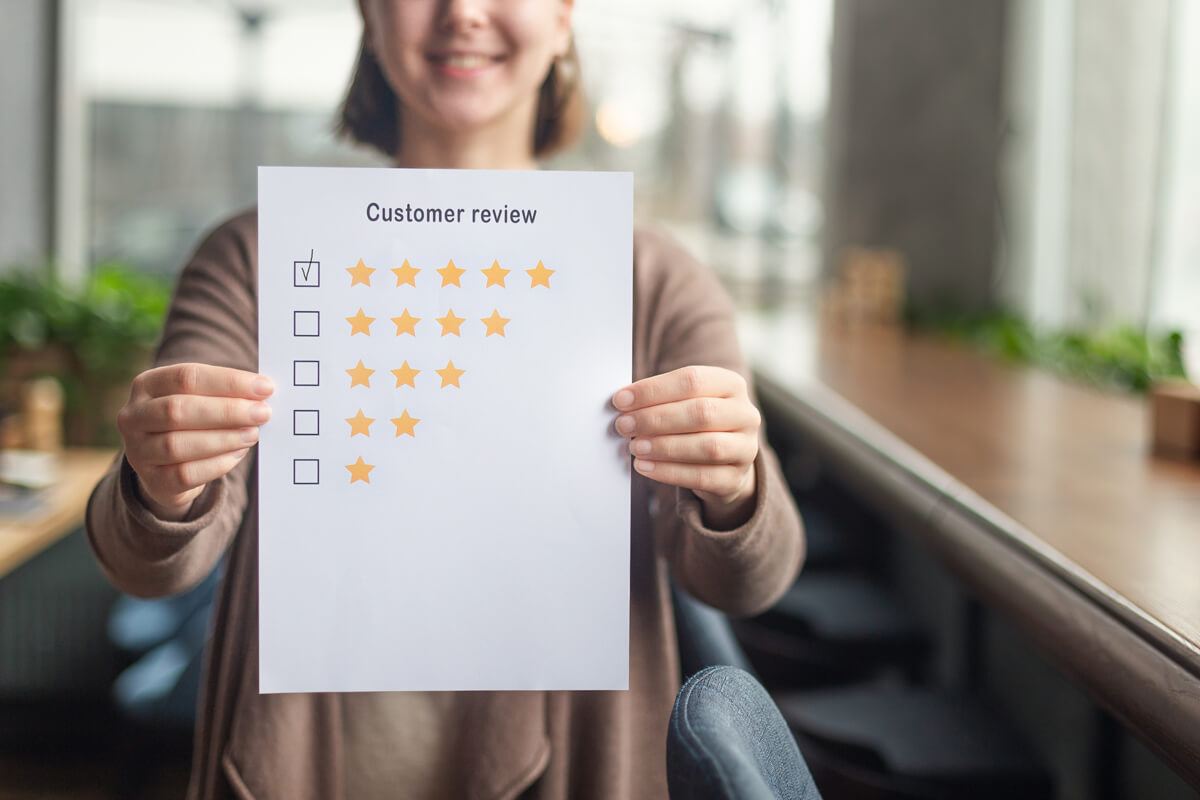If you’re a business looking to reach and engage with your local customers, launching a hyperlocal marketing strategy can be an effective way to do so. Hyperlocal marketing is a targeted marketing strategy focusing on reaching and engaging with a specific, geographically-defined audience. This can be a neighborhood, a city, or a specific building or location. By targeting marketing efforts at a hyperlocal level, businesses can more effectively reach and connect with their ideal customers.
There are many benefits to launching a hyperlocal marketing strategy, including the ability to target and connect with local customers more effectively, the ability to compete with more prominent, nationally-known brands, and the opportunity to drive sales and growth. In this article, we’ll explore why you should consider launching a hyperlocal marketing strategy for your business.
Here are some critical considerations for getting hyperlocal marketing right:
- Understand your target audience: The first step in any marketing campaign is understanding your target audience. In the case of hyperlocal marketing, it’s essential to get a deep understanding of the characteristics and needs of the specific geographic area you’re targeting. This might involve conducting market research, surveying local customers, or analyzing data on local demographics and purchasing patterns.
- Use local search optimization: Local search optimization is optimizing a business’s online presence to rank highly in local search results. This can be especially important for small businesses, as it helps them compete with more prominent, nationally-known brands. To get local search optimization right, businesses need to ensure that their website and online listings (such as Google My Business) are accurately and consistently listed with accurate, up-to-date information, including the business’s name, address, and phone number.
- Leverage local social media: Social media platforms like Facebook and Instagram allow businesses to target their ads to specific geographic areas. This can effectively reach a hyperlocal audience and drive foot traffic to a brick-and-mortar location.
- Utilize location-based marketing: Location-based marketing involves targeting marketing efforts to users based on their physical location. This can be done through the use of location-based social media ads, or through the use of location-based mobile apps like Foursquare.
- Partner with local influencers: Partnering with local influencers, such as bloggers or social media personalities, can be an effective way to reach a hyperlocal audience. These individuals often have a loyal following in a specific geographic area and can help promote a business to their followers.
- Use traditional marketing channels: While digital marketing is an essential aspect of hyperlocal marketing, traditional marketing channels like print ads, direct mail, and billboards can also effectively reach a local audience.
- Monitor and measure results: To understand the effectiveness of a hyperlocal marketing campaign, it’s essential to monitor and measure the results. This might involve tracking website traffic, measuring the success of social media campaigns, or tracking foot traffic to a physical location.
By following these tips, businesses can effectively reach and engage with a hyperlocal audience and drive sales and growth. Hyperlocal marketing is an essential aspect of any business’s marketing strategy, and by getting it right, businesses can effectively target and connect with their ideal customers.
What Is Hyperlocal Marketing?
Hyperlocal marketing is a targeted marketing strategy focusing on reaching and engaging with a specific, geographically-defined audience. This can be a neighborhood, a city, or a specific building or location. The goal of hyperlocal marketing is to more effectively reach and connect with the business’s ideal customers by targeting marketing efforts at a hyperlocal level.
Hyperlocal marketing can involve a variety of tactics, such as local search optimization, social media advertising, location-based marketing, and traditional marketing channels like print ads and direct mail. It can also involve partnering with local influencers and tracking and measuring the results of marketing efforts to understand their effectiveness.
Hyperlocal marketing is a crucial aspect of any business’s marketing strategy, as it allows businesses to target and connect with their ideal customers in a specific geographic area. By getting hyperlocal marketing right, businesses can drive sales and growth and effectively compete with larger, nationally-known brands.
Achieve better results and Grow Your Sales With Tomorrow Web Design
At Tomorrow Web Design, we understand the importance of targeted marketing and its impact on a business’s success. That’s why we offer various services to help businesses reach and engage with their ideal customers.
One of the key benefits of working with us is our focus on hyperlocal marketing. Hyperlocal marketing is a targeted marketing strategy focusing on reaching and engaging with a specific, geographically-defined audience. By targeting marketing efforts at a hyperlocal level, businesses can more effectively reach and connect with their ideal customers.
Our team of experts will work with you to understand the characteristics and needs of your target audience and develop a tailored marketing strategy to reach and engage with them. We’ll use a variety of tactics, such as local search optimization, social media advertising, location-based marketing, and traditional marketing channels, to help you reach your target audience and drive sales and growth.
In addition to our hyperlocal marketing services, we also offer a range of other marketing and web design services to help businesses succeed online. From website design and development to search engine optimization and content marketing, we have the expertise and resources to help your business grow.
Contact us today to learn more about how we can help you narrow your focus and grow your sales with hyperlocal marketing.
Table of Contents
Share on
If you’re a business looking to reach and engage with your local customers, launching a hyperlocal marketing strategy can be an effective way to do so. Hyperlocal marketing is a targeted marketing strategy focusing on reaching and engaging with a specific, geographically-defined audience. This can be a neighborhood, a city, or a specific building or location. By targeting marketing efforts at a hyperlocal level, businesses can more effectively reach and connect with their ideal customers.
There are many benefits to launching a hyperlocal marketing strategy, including the ability to target and connect with local customers more effectively, the ability to compete with more prominent, nationally-known brands, and the opportunity to drive sales and growth. In this article, we’ll explore why you should consider launching a hyperlocal marketing strategy for your business.
Here are some critical considerations for getting hyperlocal marketing right:
- Understand your target audience: The first step in any marketing campaign is understanding your target audience. In the case of hyperlocal marketing, it’s essential to get a deep understanding of the characteristics and needs of the specific geographic area you’re targeting. This might involve conducting market research, surveying local customers, or analyzing data on local demographics and purchasing patterns.
- Use local search optimization: Local search optimization is optimizing a business’s online presence to rank highly in local search results. This can be especially important for small businesses, as it helps them compete with more prominent, nationally-known brands. To get local search optimization right, businesses need to ensure that their website and online listings (such as Google My Business) are accurately and consistently listed with accurate, up-to-date information, including the business’s name, address, and phone number.
- Leverage local social media: Social media platforms like Facebook and Instagram allow businesses to target their ads to specific geographic areas. This can effectively reach a hyperlocal audience and drive foot traffic to a brick-and-mortar location.
- Utilize location-based marketing: Location-based marketing involves targeting marketing efforts to users based on their physical location. This can be done through the use of location-based social media ads, or through the use of location-based mobile apps like Foursquare.
- Partner with local influencers: Partnering with local influencers, such as bloggers or social media personalities, can be an effective way to reach a hyperlocal audience. These individuals often have a loyal following in a specific geographic area and can help promote a business to their followers.
- Use traditional marketing channels: While digital marketing is an essential aspect of hyperlocal marketing, traditional marketing channels like print ads, direct mail, and billboards can also effectively reach a local audience.
- Monitor and measure results: To understand the effectiveness of a hyperlocal marketing campaign, it’s essential to monitor and measure the results. This might involve tracking website traffic, measuring the success of social media campaigns, or tracking foot traffic to a physical location.
By following these tips, businesses can effectively reach and engage with a hyperlocal audience and drive sales and growth. Hyperlocal marketing is an essential aspect of any business’s marketing strategy, and by getting it right, businesses can effectively target and connect with their ideal customers.
What Is Hyperlocal Marketing?
Hyperlocal marketing is a targeted marketing strategy focusing on reaching and engaging with a specific, geographically-defined audience. This can be a neighborhood, a city, or a specific building or location. The goal of hyperlocal marketing is to more effectively reach and connect with the business’s ideal customers by targeting marketing efforts at a hyperlocal level.
Hyperlocal marketing can involve a variety of tactics, such as local search optimization, social media advertising, location-based marketing, and traditional marketing channels like print ads and direct mail. It can also involve partnering with local influencers and tracking and measuring the results of marketing efforts to understand their effectiveness.
Hyperlocal marketing is a crucial aspect of any business’s marketing strategy, as it allows businesses to target and connect with their ideal customers in a specific geographic area. By getting hyperlocal marketing right, businesses can drive sales and growth and effectively compete with larger, nationally-known brands.
Achieve better results and Grow Your Sales With Tomorrow Web Design
At Tomorrow Web Design, we understand the importance of targeted marketing and its impact on a business’s success. That’s why we offer various services to help businesses reach and engage with their ideal customers.
One of the key benefits of working with us is our focus on hyperlocal marketing. Hyperlocal marketing is a targeted marketing strategy focusing on reaching and engaging with a specific, geographically-defined audience. By targeting marketing efforts at a hyperlocal level, businesses can more effectively reach and connect with their ideal customers.
Our team of experts will work with you to understand the characteristics and needs of your target audience and develop a tailored marketing strategy to reach and engage with them. We’ll use a variety of tactics, such as local search optimization, social media advertising, location-based marketing, and traditional marketing channels, to help you reach your target audience and drive sales and growth.
In addition to our hyperlocal marketing services, we also offer a range of other marketing and web design services to help businesses succeed online. From website design and development to search engine optimization and content marketing, we have the expertise and resources to help your business grow.
Contact us today to learn more about how we can help you narrow your focus and grow your sales with hyperlocal marketing.





